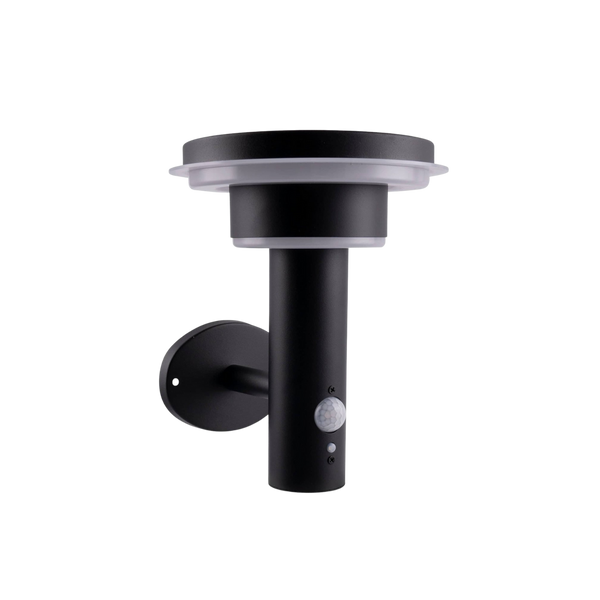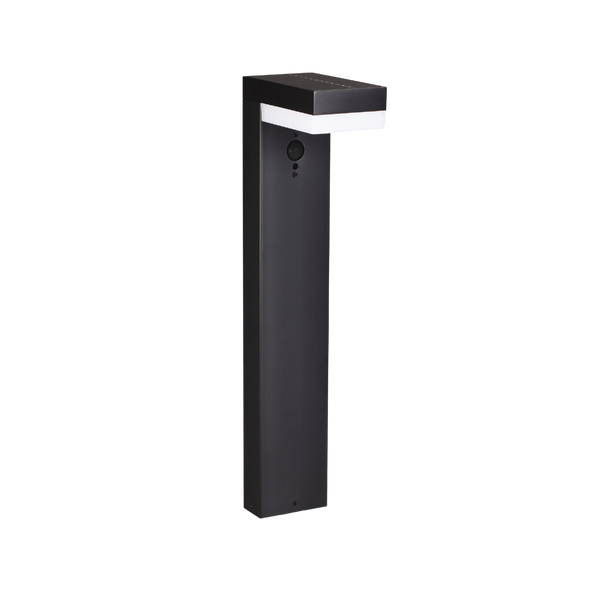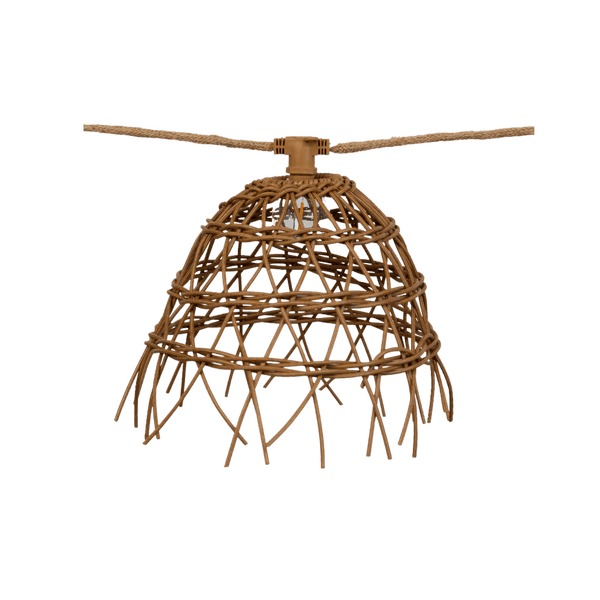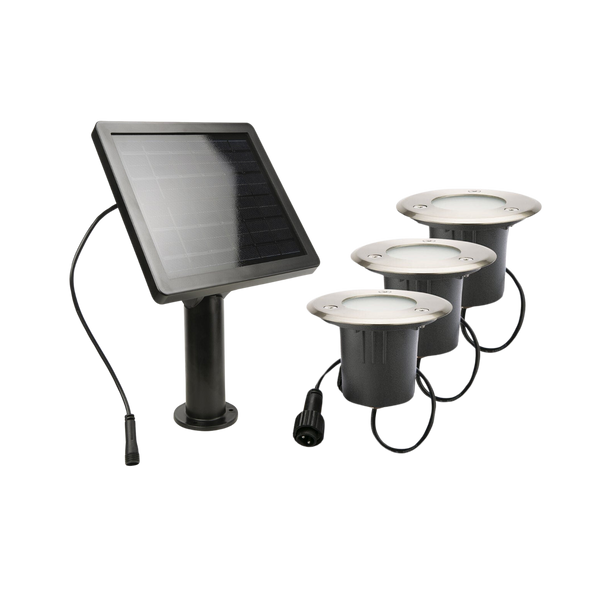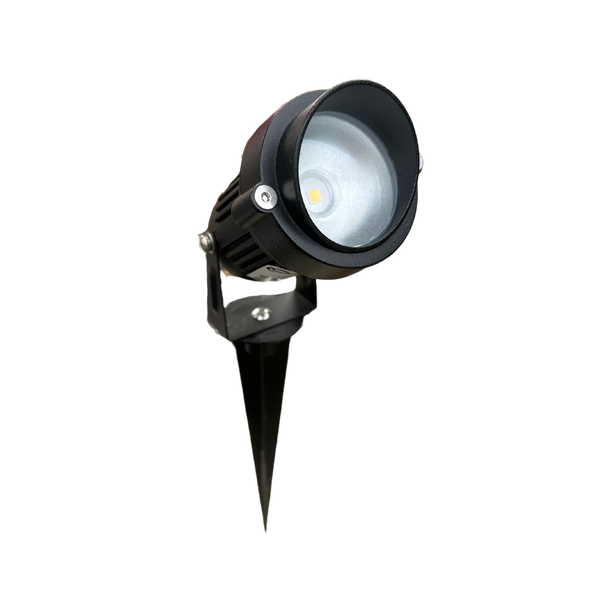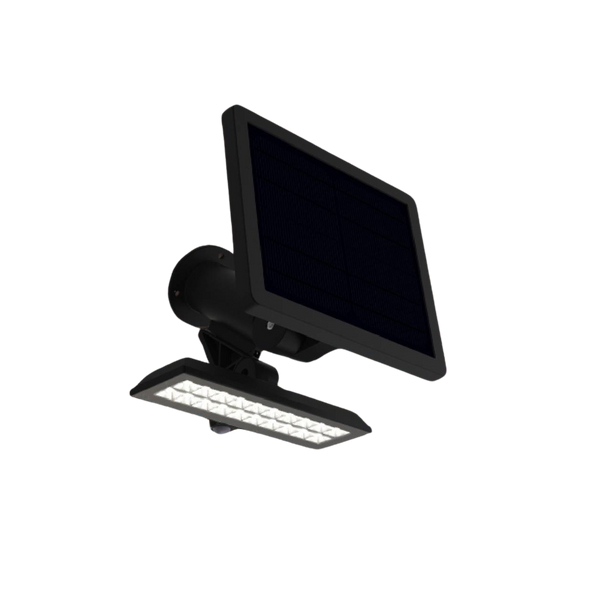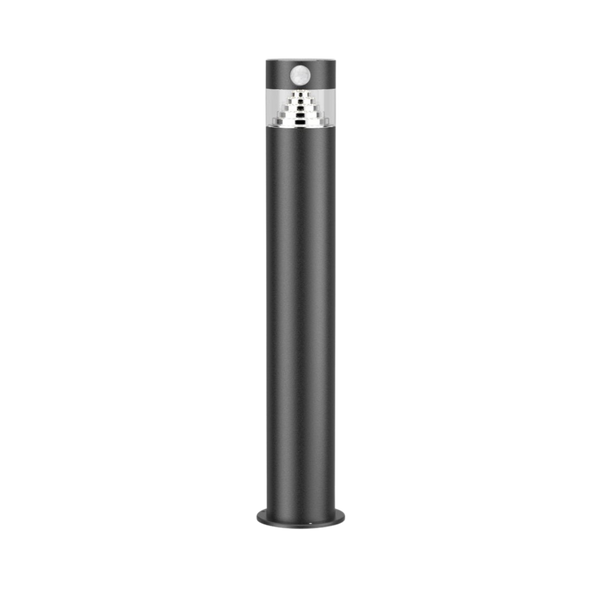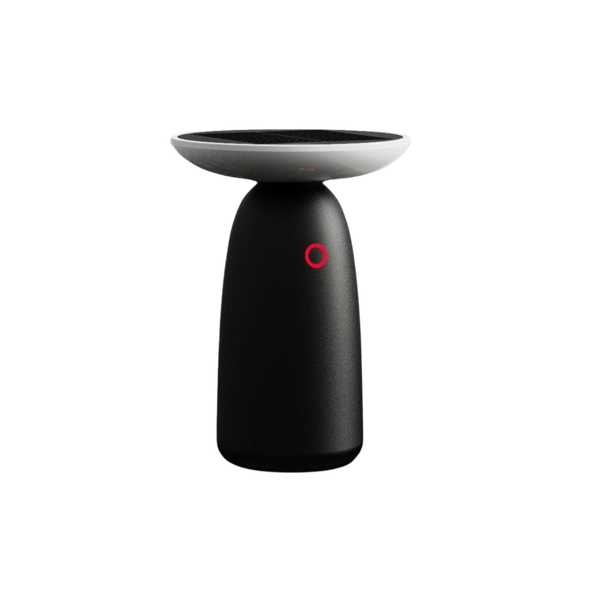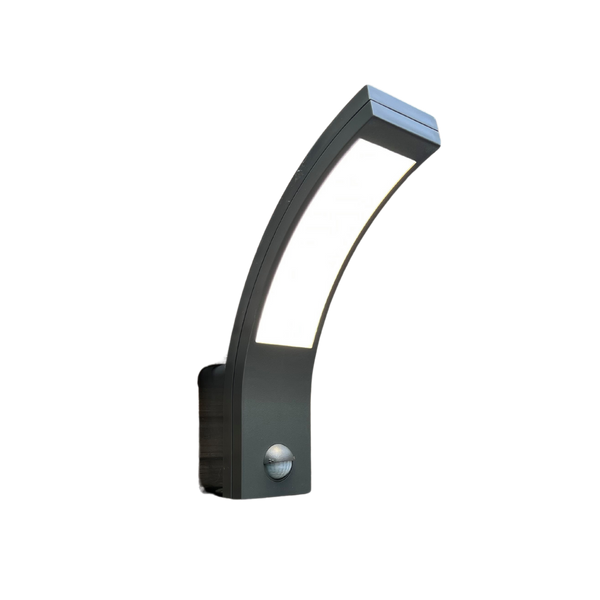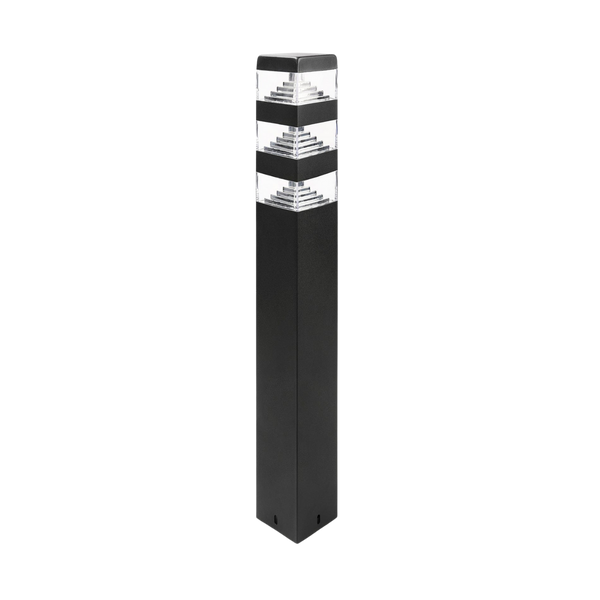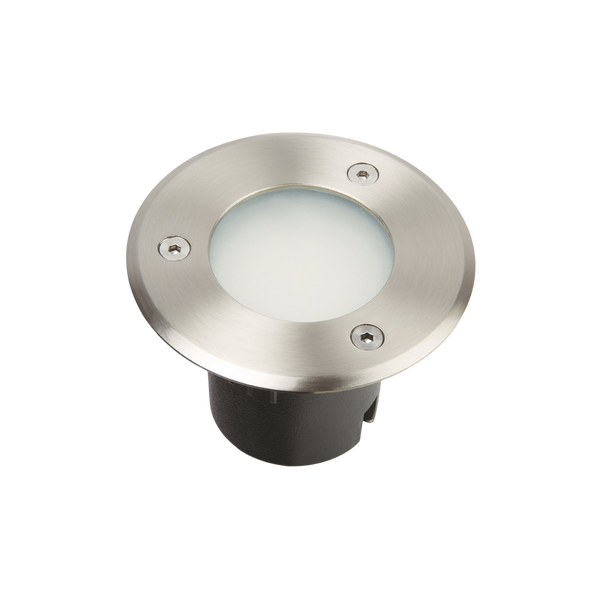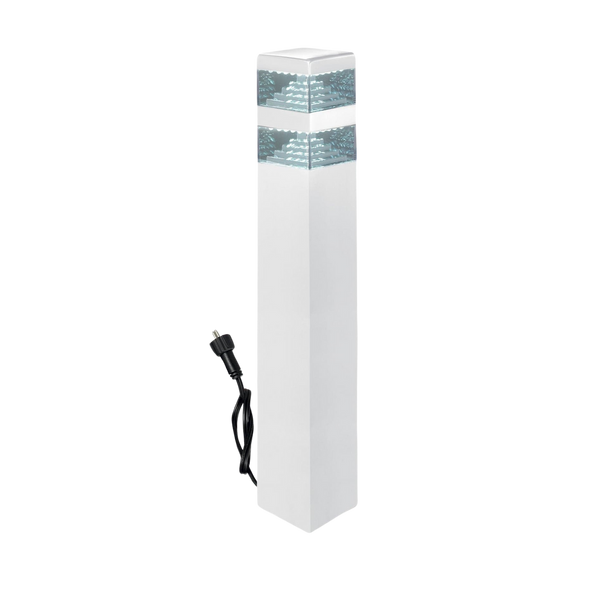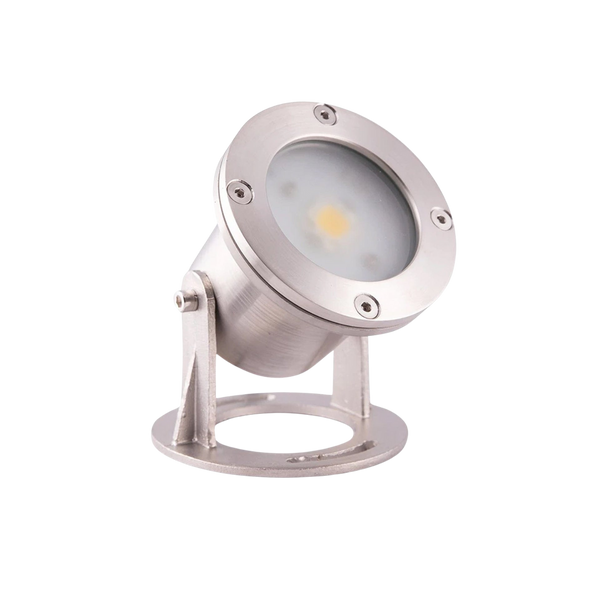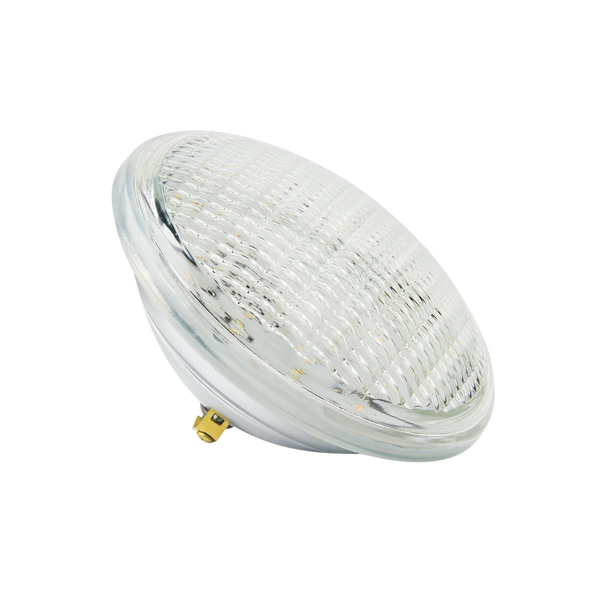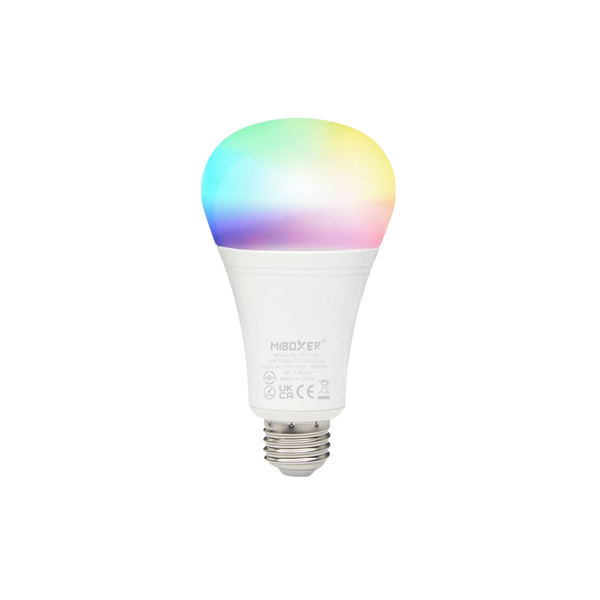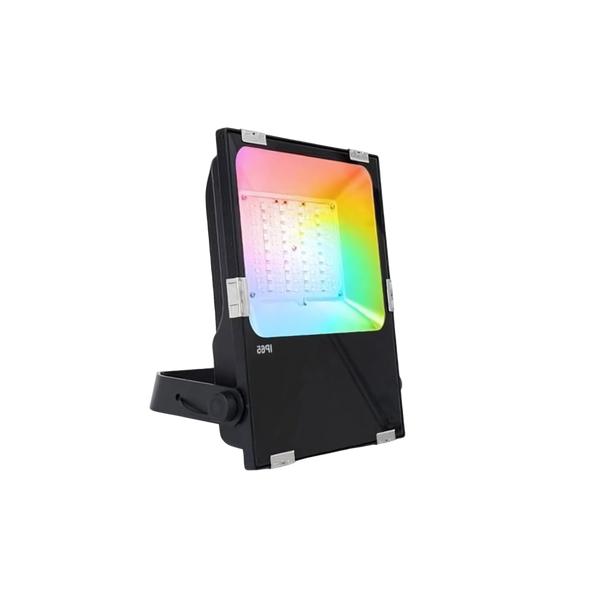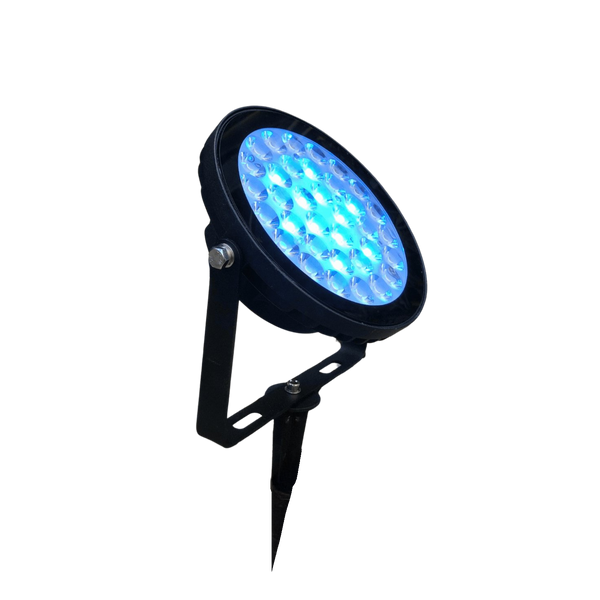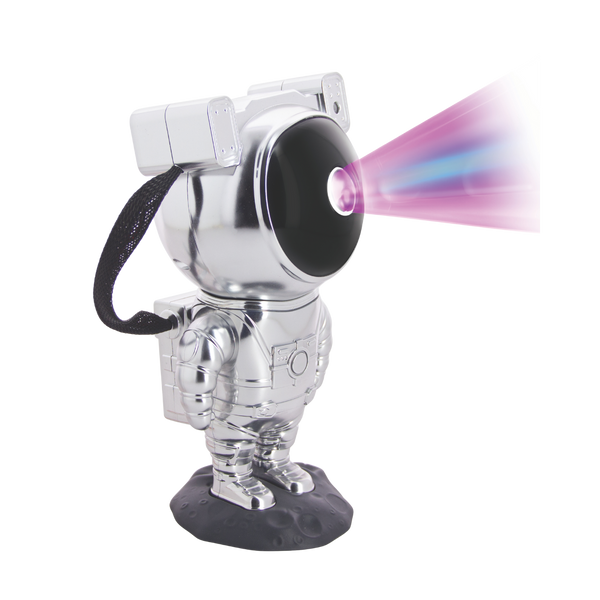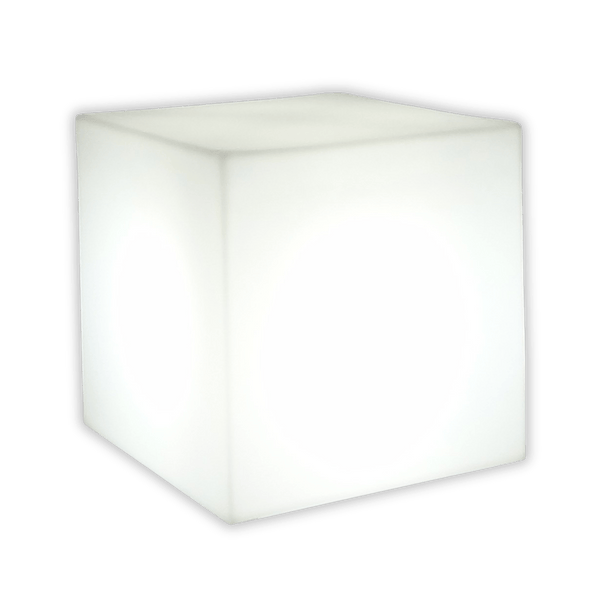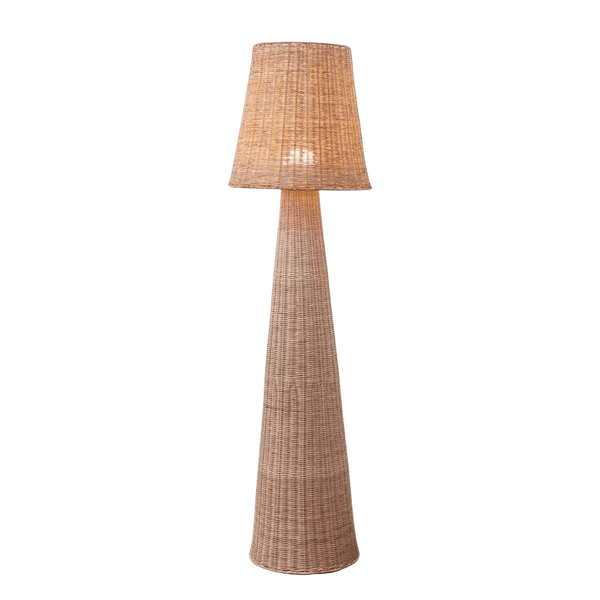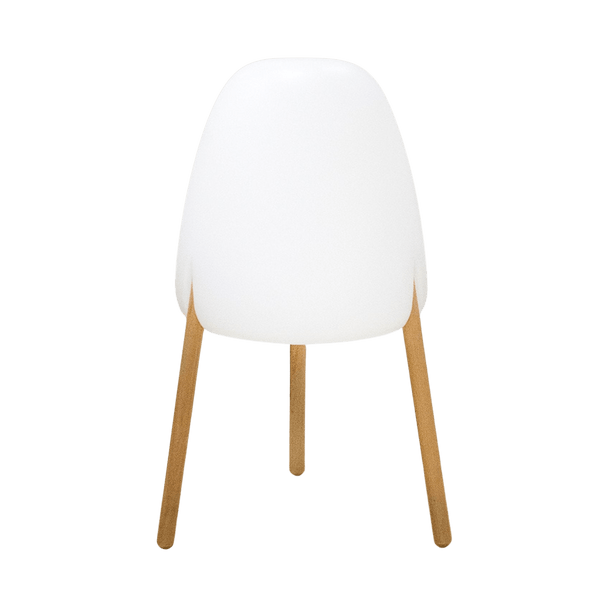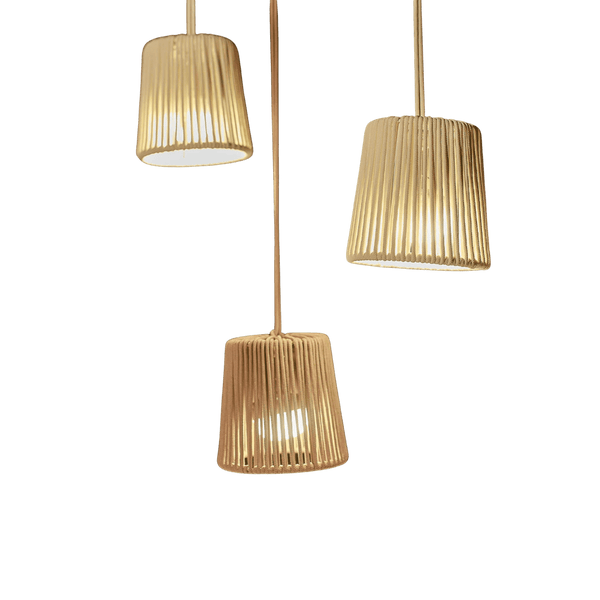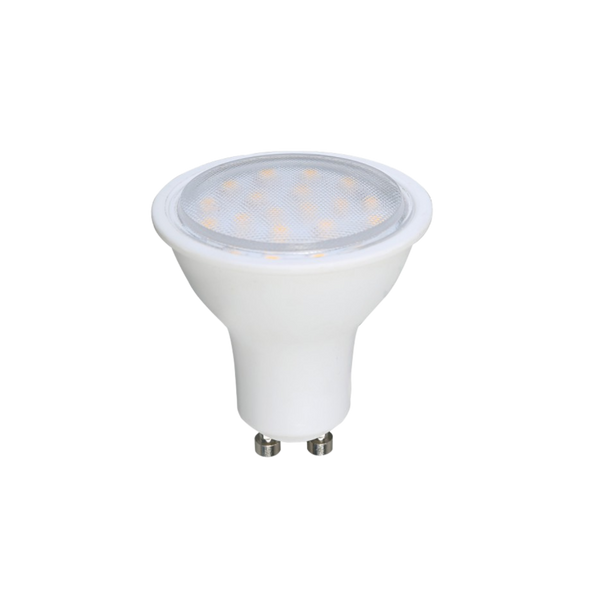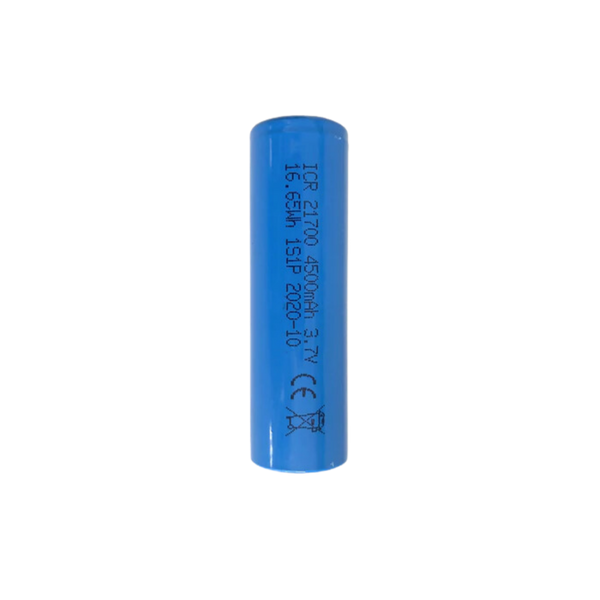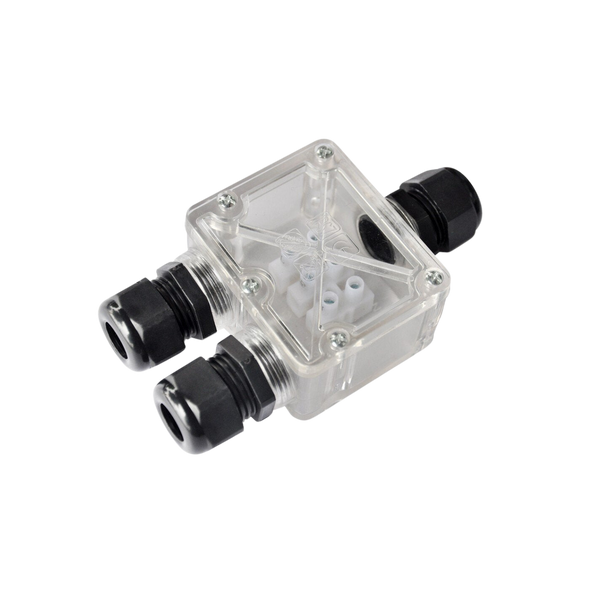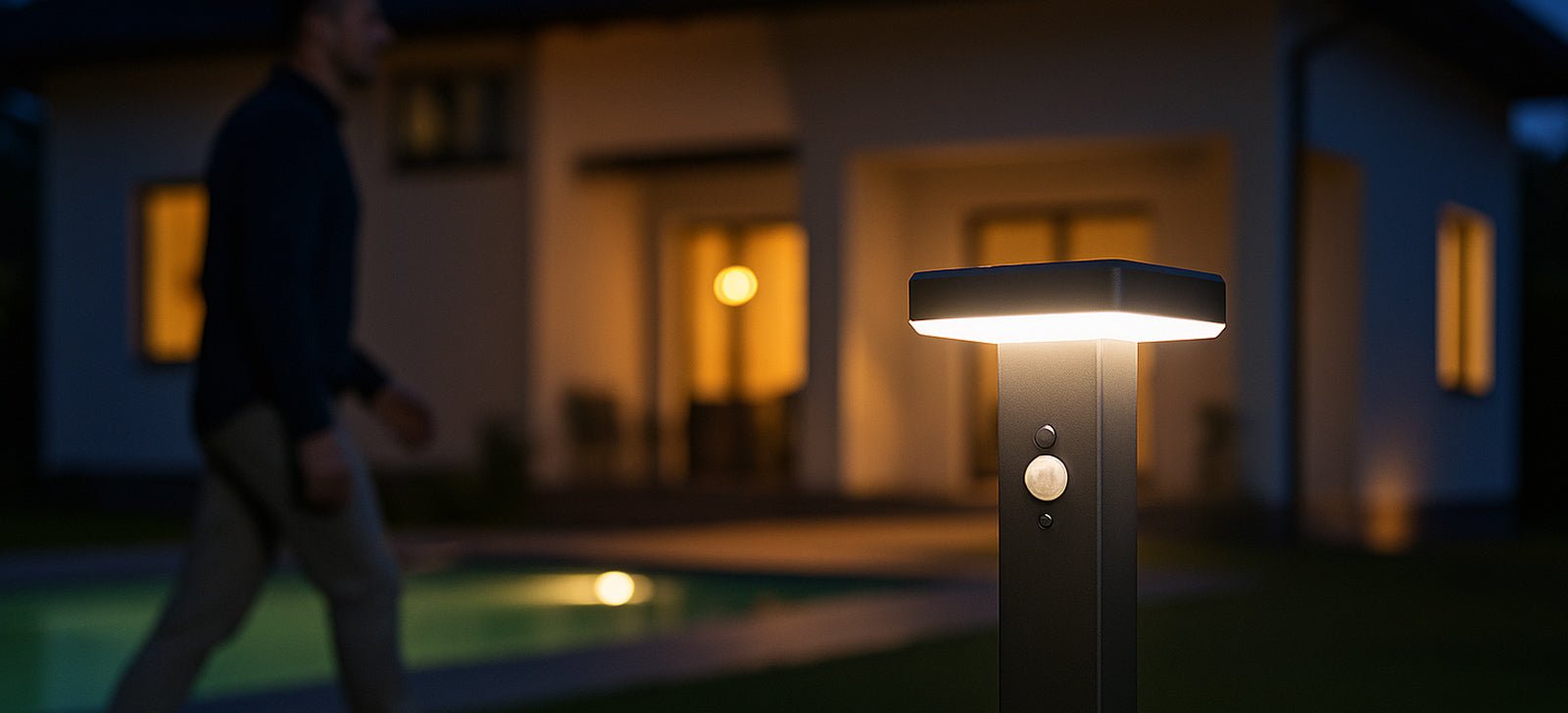You've just chosen an outdoor bollard light for your garden, but you're not sure: do you need a sheath? Can you simply plant a stake? Can a 12V bollard be installed like an outdoor solar bollard? What if the soil is loose?
No need to panic. Whether you've opted for a 230V, 12V or solar terminal, there are simple, durable solutions. Here's the complete guide to avoiding mistakes and lighting your outdoors like a pro.
Choosing the right location: use, orientation and distance
Before you even get out the drill, ask yourself a simple question: what is the purpose of your bollard? Is it to mark out a path, create a subdued atmosphere on a terrace, or illuminate an entrance for safety reasons? Each use calls for a specific type of installation.
Path marking requires regular repetition, every two to four meters depending on the light output. For a terrace setting, one or two bollards are sufficient if well positioned. And in the case of landscape enhancement (beds, fountains, sculptures), the direction of the light flow is essential.
What about solar models? It's essential to avoid shady areas: performance depends entirely on exposure to the sun. There's no point in installing a solar bollard under a hundred-year-old cypress tree.
"What makes the difference is not the power of the LED, but the coherence of the whole. A poorly placed bollard, no matter how powerful, will never give a good result"
- Christophe Coelho, founder of Lumihome
Which power supply? 230V, 12V or solar: three installation options
Case 1: Stand-alone outdoor solar bollard
Simplicity incarnate. A solar bollard can be installed in just a few minutes, without the need for wires or power tools. Simply drive it into the ground using the stake supplied (for lightweight models), or screw it onto an existing slab. It's the perfect solution for spaces without a power supply, for gardens already laid out, or for those looking for a reversible installation.
However, make sure it's well exposed to direct sunlight. Integrated panels don't tolerate half measures: one day in the shade and your bollard lights up for just a few minutes.
Case 2: 12V bollard - ideal for pool surrounds
Less well known than solar power, the 12V bollard is nevertheless an excellent option for sensitive areas, such as pool surrounds, wooded terraces or very damp areas. It works with a current transformer, and uses very low-voltage cables.
Installation is simple: the cable passes through a red TPC sheath buried 20 cm below ground, then connects to the terminal via waterproof connectors. The standard does not require the same precautions as a 230V line, making it more accessible to self-installation.
"12V remains a classic option for combining safety and performance around a swimming pool. In 2025, solar power is also something to consider at Lumihome, so amazing is the performance of our latest bollards."
Case 3: Wired 230V terminal
It's the most powerful and durable solution, but also the most regulated. All 230V installations must comply with the NF C 15-100 standard. First step: cut off the power supply at the main switchboard. Next, set up a dedicated circuit protected by a 30 mA differential circuit breaker.
The cable must pass through a red TPC sheath, buried at least 50 cm below ground. Connections are made in a junction box or using IP68 waterproof connectors. Finally, check that your terminal is Class II (double insulated) if you don't ground the casing.
"Lumihome bollards are designed for easy integration into an existing circuit. We supply the mounting plates and stainless steel screws, and the products are compatible with French standards."
🔧 The tools you need to install your terminal properly
Before you start :
-
Shovel or auger (for holes or trenches)
-
Spirit level
-
Tape measure
-
Screwdriver
-
Red TPC sheath
-
Waterproof connectors (IP68)
-
Concrete base or stake (depending on model)
-
Flat wrench or socket
-
Transformer (if 12V terminal)
-
Multimeter (if 230V terminal)
Fixing the bollard to the ground: concrete base or stake?
The most stable option is a concrete base. A 25 x 25 x 25 cm slab is poured, into which the fixing plugs are embedded. This guarantees perfect stability, even in windy or loose conditions.
But in some cases, the stake is quite sufficient. This is particularly true of lightweight solar bollards, which don't need such massive anchoring. Some models are designed to sink into the ground in a matter of seconds.
The important thing is to check that the ground is compact and that the bollard will not be subjected to jolts (lawnmower, frequent passage, children...).
"The importance of fastening has long been underestimated. A wobbly bollard is one that ends up on the ground at the first gust of wind. That's why we systematically include a base plate or a stake, depending on the model.
Commissioning and adjustments
The moment of truth! After installation and connection, check operation:
-
If you install a solar terminal, let it charge for a full day before evaluating its efficiency.
-
For 12V and 230V models, restore power and test each light point.
Wait until dark to adjust orientation or spacing. A slightly rotated bollard can totally alter the mood or legibility of a path.
What if my terminal doesn't light up?
Don't panic, there are several reasons for this luminous silence:
-
For solar terminals: check that the panel is not covered in dust or misaligned. Some terminals have an ON/OFF switch under the cover - don't forget it! Finally, one day without sunshine is sometimes not enough to fully recharge a worn-out battery.
-
For 12V terminals: check transformer connections and polarity. Also check that the transformer is powered upstream. A multimeter will come in handy.
-
For 230V terminals: test the current at the sheath outlet with a tester. A loose connection in the junction box or a circuit-breaker tripped due to a short circuit may be to blame. If in doubt, call in an electrician.
Mistakes to avoid
-
Install before the floor is finished (you'll have to redo the whole thing)
-
Forget the sheathing when pouring a slab or laying turf
-
Confusing power supplies (a 12V terminal is not compatible with 230V)
-
Use a stake in loose soil (sand, uncompacted gravel)
The rest? It's played out at dusk.
Once installed, your outdoor bollard light becomes much more than a luminaire: it's a landmark, a safety feature, a decorative element. At Lumihome, we believe that light shouldn't be a technical subject... but a pleasure.
And with a range of robust, attractive and easy-to-install products - from solar bollards to outdoor bollards - there's no excuse for leaving your garden in the dark. So grab your shovels.


